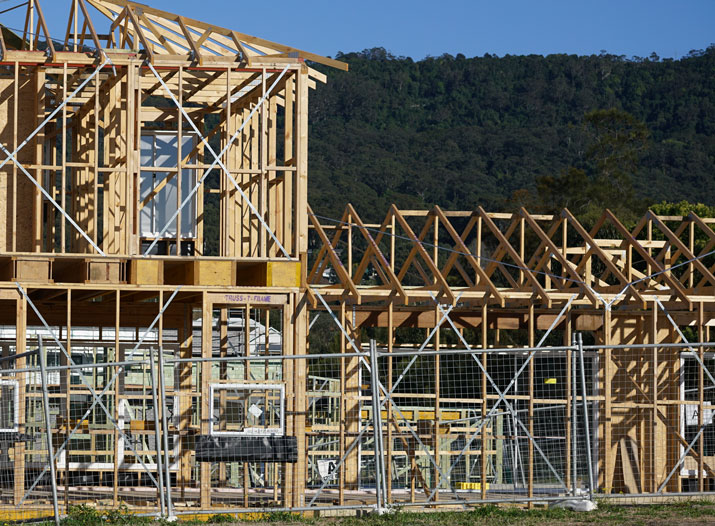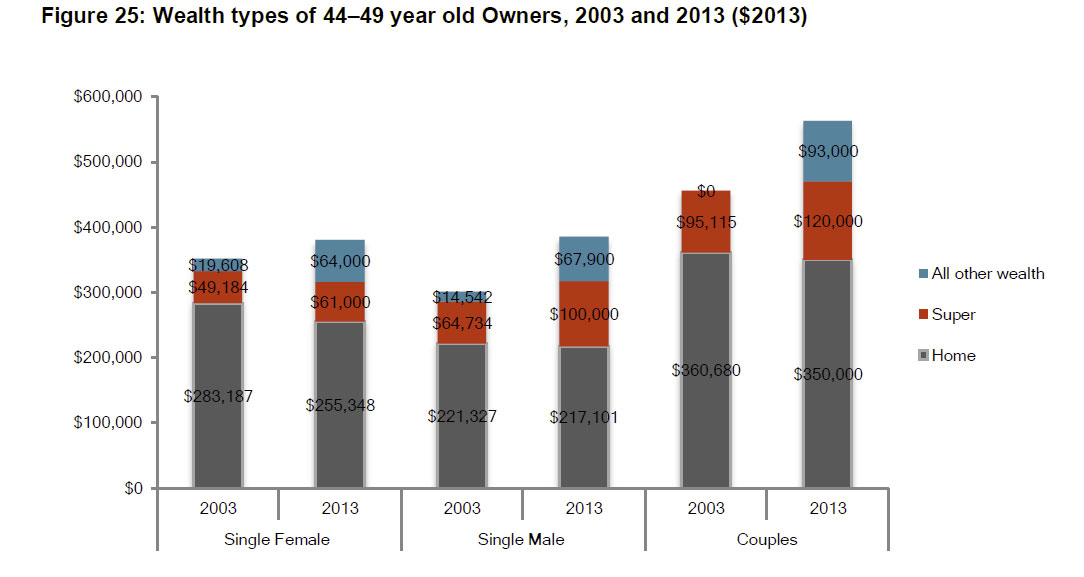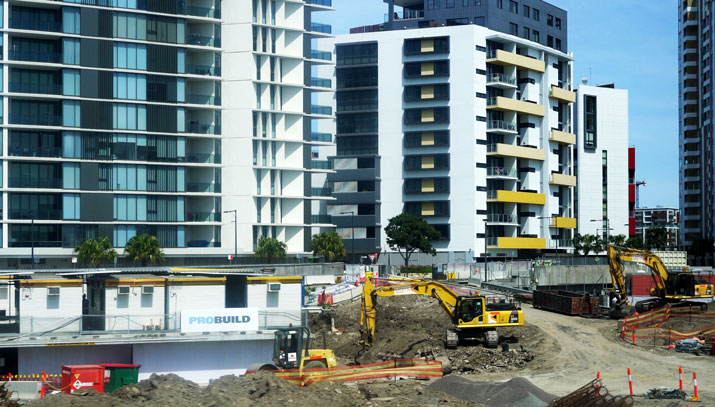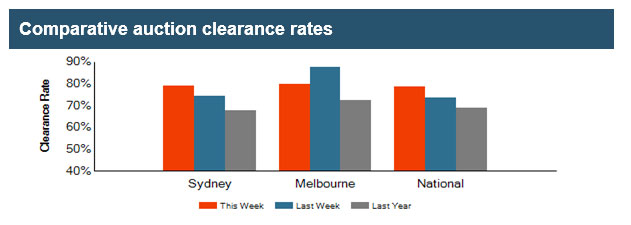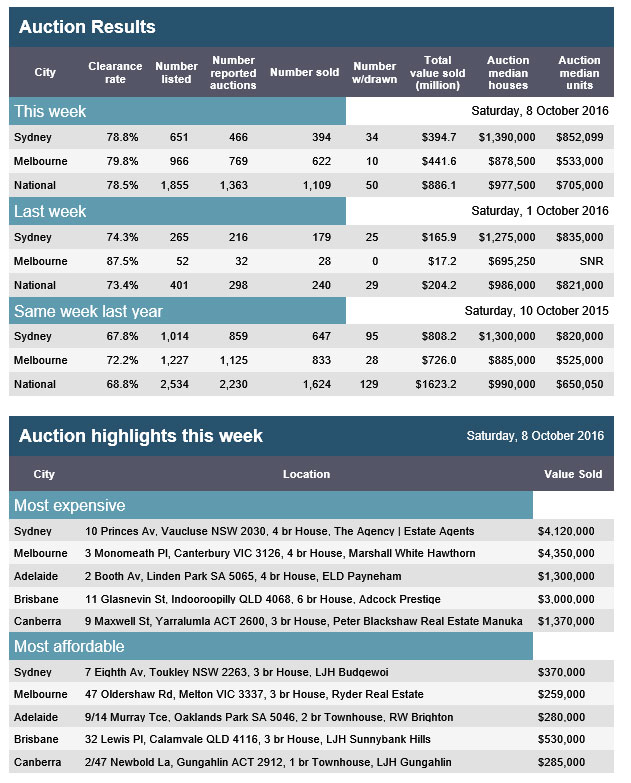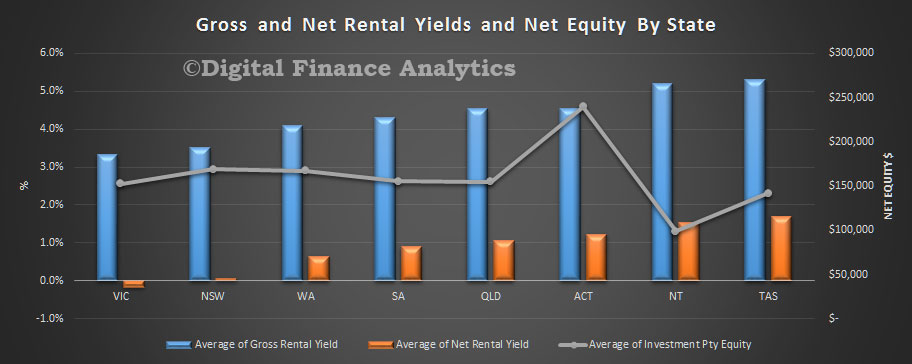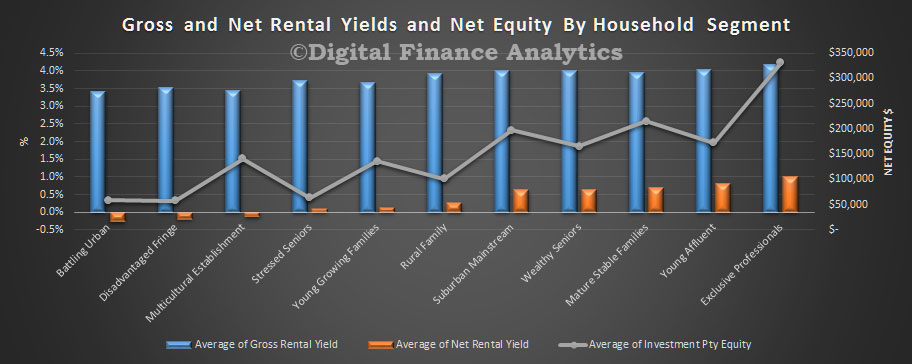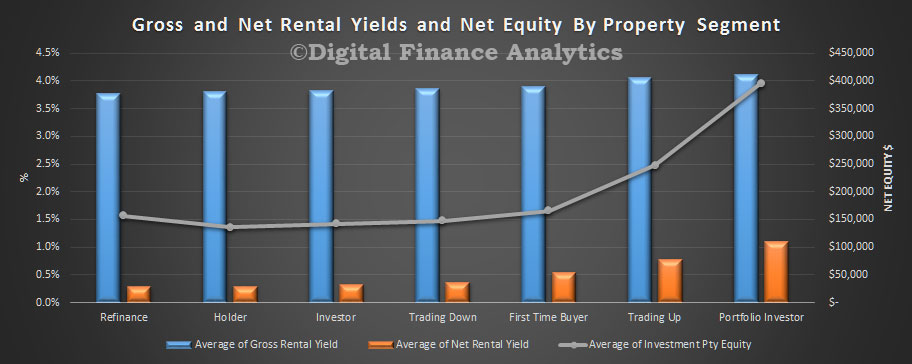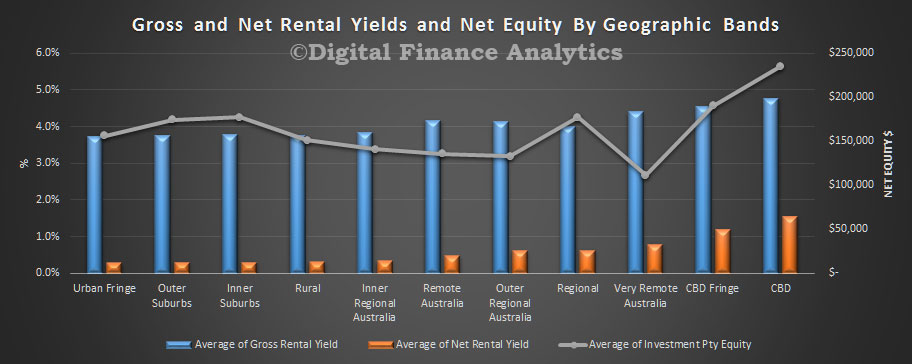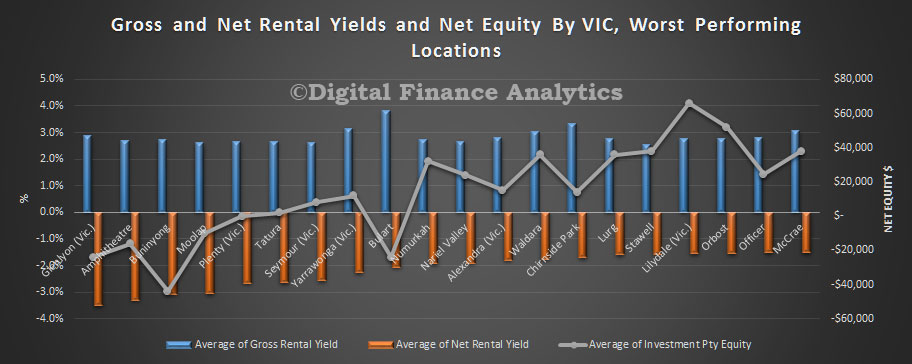As Chinese buyers gain residency, they also want to move into existing homes partly so they don’t have to compete with foreign investors buying overpriced apartments. From News.com.au.
Shanghai-born accountant Vincent Liu, 33, moved to Sydney around 10 years ago to complete his Masters degree. After renting in three different suburbs, he finally bought an apartment in Macquarie Park in 2012 for $570,000.
But with a young daughter and family, he’s already to keen to move out.
“A lot of my friends and schoolmates are in a similar situation,” he said. “We bought apartments or units around 2012 or 2013, now most of them have kids or are planning for the next stage of their life.”
Mr Liu said another concern for this group was the potential oversupply in apartments, making houses or townhouses with land attached a more attractive long-term investment.
“[But] I don’t think they’re going to sell just because of price fluctuation in the short term, unless something major happens,” he said. “For Chinese people, growth is not their major concern, it’s about putting money in a safe place.”
And as Chinese buyers gain residency, they also want to move into existing homes partly so they don’t have to compete with foreign investors buying overpriced apartments.
“For new migrants I don’t think apartments are going to be a good option now, especially if they don’t want to compete with foreign investors,” he said. “It’s better to save a little bit more [and wait].”
Mr Liu argues Australians concerned about rising house prices due to foreign investment should blame the government — not the Chinese.
“Australia is gathering investment from all over the world, your economy got a boost based on that,” he said. “Yes, local residents in Sydney or Melbourne might suffer a little bit but in the end it’s the all the government’s call.
“You want the investment, you introduce the money, now your residents are suffering because of your decision. It’s not one single factor that caused the situation.”
According to Mark Lauzon from Sotheby’s International Realty, the Chinese “came for the education and ended up staying for the lifestyle”.
“A lot of these couples arrived as single students, decided to start a career here after graduation and ended up marrying either another student from overseas or a local,” he said.
Mr Lauzon said he was currently selling a penthouse apartment in Waterloo owned by a couple from China. “Their penthouse is big enough for a family, but the vendors would like to move to a house or terrace to raise kids,” he said.
“In part, they are worried about having children on a high-floor apartment with balconies.
“They are hoping to stay in same area. The challenge for young families in Waterloo, Zetland and much of South Sydney is that there is a shortage of stock of single-family homes, and there aren’t many school catchments. They also look at Kensington and Surry Hills because there are not enough primary schools in this part of Sydney.
“People in South Sydney have really embraced apartment living. In terms of family-friendly, they prefer to look at terraces.
“Many of these vendors are very loyal to the area. They like this area because of its good infrastructure, transit, restaurants and shopping.”
James Pratt, director of auctions for Raine & Horne and J Pratt Realty, said a three-bedroom house in Zetland which recently broke the suburb price record went to upgraders.
“The buyers were Chinese, looking for a good place to raise a family,” he said.
“We are seeing Chinese upgraders at auctions in numbers I don’t recall seeing before. More and more, I am auctioning their units for them, and then see them bidding for the house they want to move to.”
Mr Pratt said so far this year he had sold around 26 entry-level apartments in South Sydney for Chinese-origin owners who were moving to a terrace or house. “Most of these buyers by now have Australian permanent residency,” he said.
Jackie Wang from Raine & Horne Ashfield said with the busiest time of the year, the spring selling season now here, she was expecting many more transactions over the next three months.
“Different from overseas Chinese buyers, local Chinese buyers are not bound by law to purchase brand new property, and they are more into existing homes,” she said.
“First home buyers are usually searching for old unit in a good location which can be owner occupied for a few years, then easy to rent out as investment once they are ready to upgrade to a house.
“Upgraders are more attracted to houses with nice features and space for the growing family. They live in a unit or apartment and are planning to upgrade to large semis or houses in the nearby area.
“From the recent sales around Ashfield area, I can see a lot of local Chinese upgrade buyers still have strong interest in Torrens title properties, especially the local upgraders.”
In just the past five years, Chinese investment has grown from 10 per cent to 25 per cent of all foreign real estate investment in Australia.
According to Gavin Norris, Australian head of Chinese real estate portal Juwai.com, there were potentially several thousand Chinese-origin households in this situation, “ready to move up the property ladder in the traditional Australian way”.
“Chinese buying in Sydney only really began in earnest in about 2009,” Mr Norris said.
“A home to live in while studying in Australia is the biggest driver of Chinese property buying in the big capital cities like Sydney. Now that the significant Chinese investment trend has passed the half-decade mark, these buyers are starting to age out of their first purchase. Many of them have married and are starting families.
“One out of every three people living in some Sydney suburbs, such as Haymarket and Ultimo, is a student from overseas. And 39 per cent of Sydney residents overall were actually born in another country — so this is potential a very large group of new buyers looking to purchase.
“The fact that so many of these buyers intend to hold onto their first purchase as an investment, rather than sell it to fund a larger new home, shows their frugality and dedication to real estate as an asset class.”

